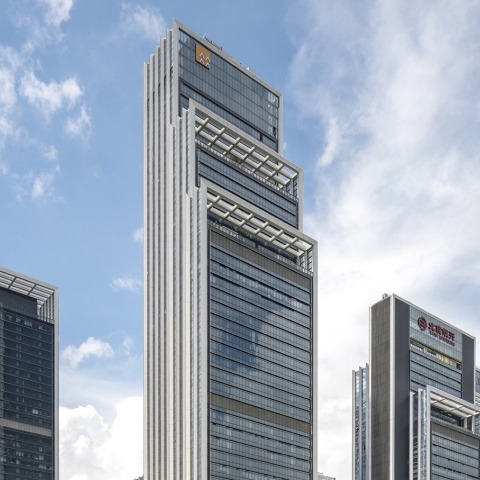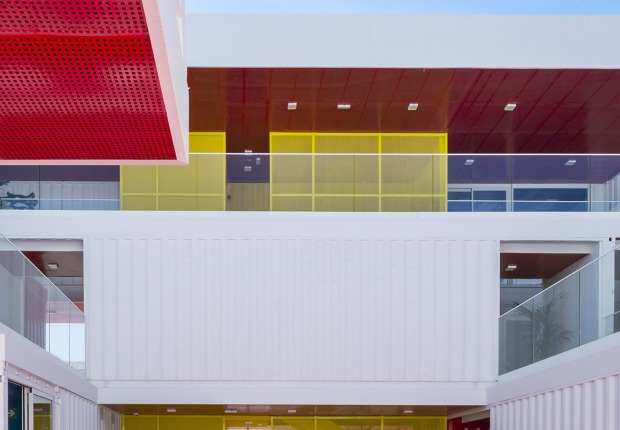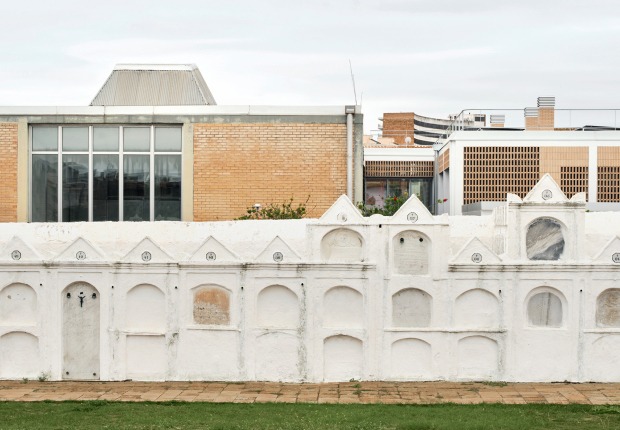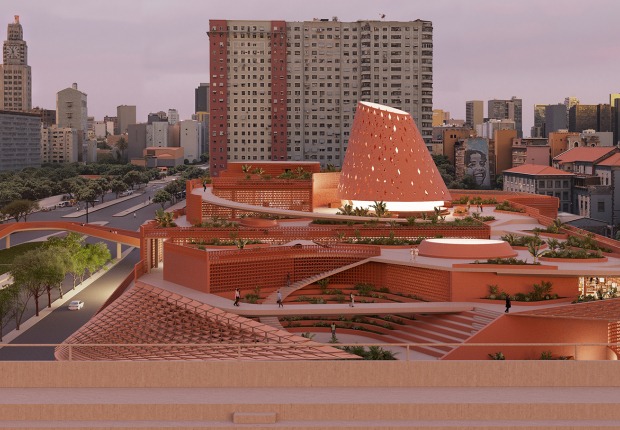Located along the eastern entrance to SHIP on Shen Nan Avenue, the masterplan is laid out as blocks dissected by 'ribbons' of streets and squares, which establish key pedestrian and public transport routes. The dense urban fabric is closely knitted with the surrounding city, following the topography of the site, with landscaped public spaces and green terraces that characterize and bind the masterplan together.
The practice has also designed seven office towers within the masterplan that are a striking new addition to the city's skyline. Moving away from the monolithic building type, the stepped structures soften the edges and their elegant proportions create a graceful marker for the surrounding area. Their profiles also create a variety of terrace spaces with uninterrupted panoramic views of Shenzhen, while animating the city skyline.
To accommodate greater flexibility, the structure was placed externally to allow column free floorplates. These columns were then used to self-shade the towers, creating larger windows and optimizing views to create a more pleasant working environment. The external structure is clad in shimmering white and silver profiled panels, outlining the towers and articulating the masterplan's unique 'ribbons' expression.
































